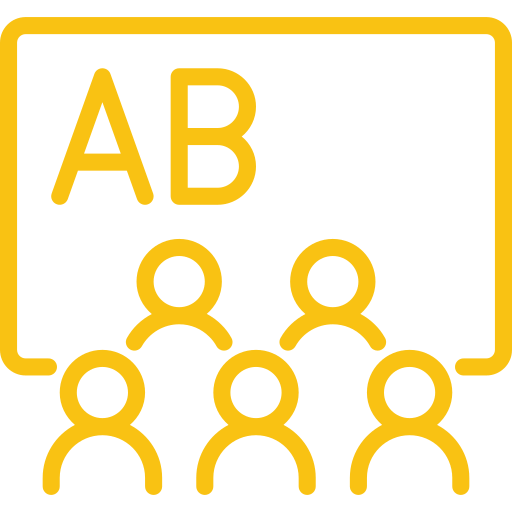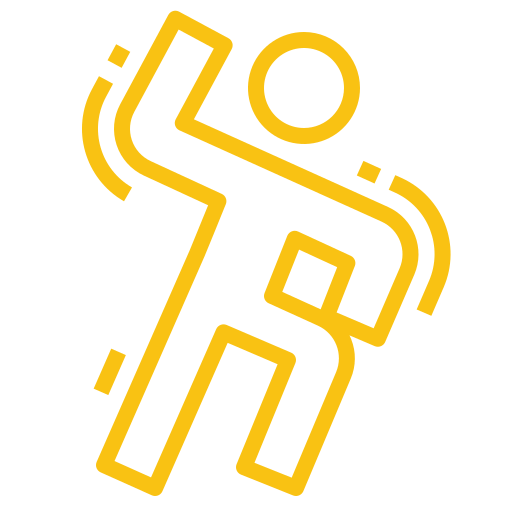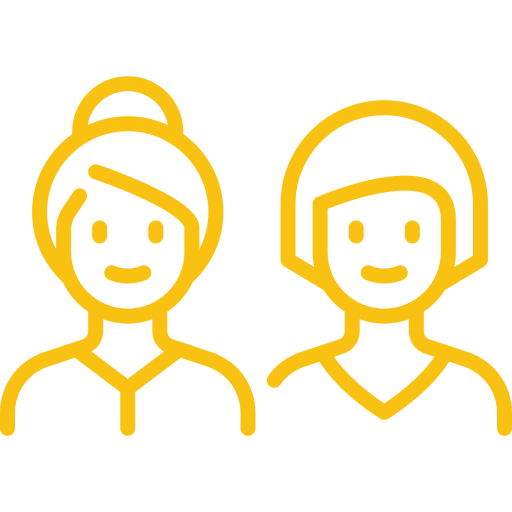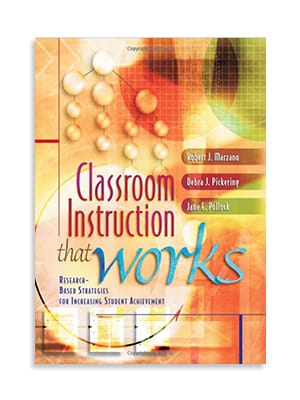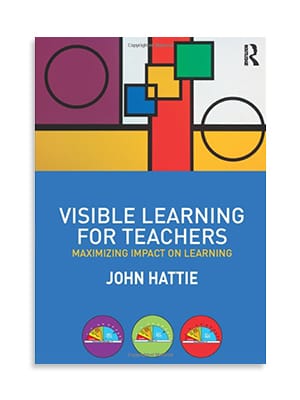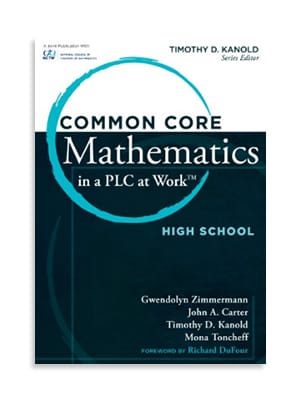As we look to support our students’ return to school in the fall, many of us will be focused on the basics. We want to rebuild and reaffirm our students’ basic skills and abilities while fostering safe environments where all students can succeed. At the same time, we want to avoid the pitfalls of “remedial” lessons: We do not want to jeopardize the development of creative, higher-order thinking. When we talk about higher-order thinking we are referring to thinking skills that go beyond the mere memorization of facts and figures. This type of thinking makes more demands on students’ cognitive processing capabilities than other types of thinking – and leads to greater success in the classroom and beyond. With the right approach, we can encourage students to build back the basics while still asking questions (and engaging students in activities) that require them to create, innovate, and evaluate the world around them.
Teachers Can Inspire Deep Thinking in Students
Researcher and author David Sousa believes teachers serve as the strongest role models when it comes to inspiring student innovation and creativity. In essence, students are more likely to learn higher-order thinking skills in classrooms where teachers encourage creative and critical thought. Sousa believes teachers make the greatest impact when they:
- Exhibit a genuine interest and commitment to learning
- Teach students how their brains learn and why different activities benefit them as learners
- Analyze their own thinking processes and practices and explain their actions to students
- Show a willingness to change their own position when evidence warrants it – and are willing to admit mistakes freely
- Allow students to participate in setting rules and making decisions related to learning and assessment
Below, let’s take a look at some of the activities and questions that can inspire students to engage in creative, higher-order thinking in the classroom.
| Activities to Build Higher-Order Thinking Skills |
|---|
| Involve students in activities and discussions that tackle more than one side of a complex issue. Rather than asking students to choose a side first, have them find evidence that supports all sides – and then use the evidence collected by the entire class to form a research-based opinion in the end. |
| Ask students to develop solutions for real-world problems in their community, state, or the world. Focus on challenges that have more than one solution to encourage students to weigh multiple options (e.g., investigate the “pros and cons” of different ways to resolve issues). |
| Infuse “inference-making” into your everyday lessons, so students learn to use this valuable skill independently. For example, start a history lesson by asking students to look at a photograph from the time period and make inferences about what is happening (for example, people standing in line at a soup kitchen during the Great Depression). It’s also easy to encourage students to make inferences as they read by stopping periodically to ask, “What do you think will happen next? Has the writer left out any important details here? Do you agree with this author or speaker?” |
| Encourage creativity by asking students to use analogies and metaphors to describe new concepts, theories, or principles. When introducing new concepts, we can also ask students to create a movie in their mind. Teach them to close their eyes and visualize a new concept or situation just like a movie – and then share their creative ideas with classmates. |
| Asking the right questions is one of the most powerful ways to build higher-order thinking skills. We can “pepper in” questions anytime we discuss with students or assign homework. Consider these useful questions to encourage creativity and innovation: What would you have done in this situation? How is this concept or event different from…? What other methods could we use to complete this task? What do you think might happen if…? |
In order to be successful outside of the classroom, students must learn to evaluate facts and situations in front of them and solve complex problems creatively. As teachers, we have a number of strategies and tools to help students develop these all-important skills.
References
Sousa, D. (2017). How the brain learns, fifth edition. Thousand Oaks, CA: Corwin.
